How Did We Learn About Dinosaurs? Uncover the secrets of paleontology and dinosaur research with LEARNS.EDU.VN, exploring fossil evidence, advanced technologies, and insights from modern biology. Gain a comprehensive understanding of dinosaur science and evolution, including evolutionary relationships and innovative methods to study dinosaurs.
1. Decoding Dinosaur Discoveries: A Journey Through Time
The quest to understand dinosaurs is a fascinating journey through time, fueled by scientific curiosity and relentless exploration. Paleontology, the study of prehistoric life, provides the primary means through which we unravel the mysteries of these ancient creatures. How did we learn about dinosaurs, and what tools and techniques do paleontologists use to piece together their lives?
1.1 The Foundation: Fossil Evidence
Fossils are the cornerstone of our knowledge about dinosaurs. These preserved remains of ancient organisms provide tangible evidence of their existence, anatomy, and behavior. Fossil evidence includes:
- Skeletal Remains: Bones and teeth are the most common types of dinosaur fossils. Detailed examination of skeletons reveals information about the shapes of bones and how they fit together. These remains offer insights into the size, structure, and movement capabilities of dinosaurs. Paleontologists analyze bone structures to determine muscle attachments, joint mobility, and overall biomechanics, allowing them to reconstruct how dinosaurs moved and interacted with their environment.
- Eggs and Nests: Discoveries of dinosaur eggs and nests offer a glimpse into their reproductive strategies and parenting behavior. The number of eggs in a nest, their arrangement, and the presence of fossilized embryos provide clues about incubation periods, parental care, and social structures. For instance, nests containing numerous eggs suggest communal nesting behavior, while the presence of adult remains near nests indicates parental care.
- Footprints: Fossilized footprints, or trackways, reveal valuable information about dinosaur locomotion, size, and social behavior. By studying the spacing and depth of footprints, scientists can estimate the speed and gait of dinosaurs, as well as identify whether they walked on two legs (bipedal) or four legs (quadrupedal). Trackways also provide evidence of herding behavior or interactions between different species.
- Skin Impressions: Rare but incredibly informative, skin impressions offer insights into the texture, patterns, and coloration of dinosaur skin. These fossils can reveal whether a dinosaur had scales, feathers, or a combination of both, as well as the presence of armor or other protective structures. Skin impressions help paleontologists create more accurate and detailed reconstructions of dinosaur appearance.
- Coprolites: Fossilized feces, known as coprolites, provide direct evidence of dinosaur diet and digestive processes. Analysis of coprolites can reveal the types of plants or animals consumed by a dinosaur, as well as the presence of parasites or other ingested materials. This information helps scientists understand dinosaur feeding habits and their role in ancient ecosystems.
1.2 Comparative Anatomy: Drawing Parallels with Modern Animals
Comparisons with living animals play a crucial role in understanding dinosaur biology. By identifying similar features in extant species, whose biology we can study in real time, we can infer similar functions for those same features in extinct dinosaurs.
- Skeletal Structure: Comparing dinosaur skeletons with those of modern animals, such as birds and reptiles, helps scientists understand their posture, locomotion, and muscle attachments. For example, the bone structure of bird wings provides insights into the evolution of flight in feathered dinosaurs.
- Physiological Functions: Studying the respiratory, circulatory, and digestive systems of modern animals helps paleontologists infer how these systems functioned in dinosaurs. For instance, the presence of air sacs in bird skeletons suggests that some dinosaurs may have had similar respiratory systems, allowing for efficient oxygen intake.
- Behavioral Patterns: Observing the behavior of living animals, such as their mating rituals, social interactions, and feeding strategies, provides clues about dinosaur behavior. For example, the nesting behavior of birds and crocodiles helps paleontologists understand how dinosaurs may have cared for their young.
1.3 Advanced Technologies: Unlocking New Discoveries
Modern technologies have revolutionized paleontology, enabling scientists to study fossils in unprecedented detail. These technologies include:
- Computed Tomography (CT) Scanning: This technique uses rotating X-rays to create a 3D model of the internal and external anatomy of a fossil. CT scanning allows scientists to peer inside dinosaur bones and reveal features that were previously inaccessible, such as brain size and shape, air-filled sacs, and internal bone structures.
- Microscopy: Microscopic analysis of bone and tooth structures provides insights into dinosaur growth rates, diet, and physiology. By examining thin sections of bone under a microscope, scientists can count growth lines, similar to tree rings, to determine the age of a dinosaur and how quickly it grew to adulthood.
- Biomechanical Modeling: Computer simulations and biomechanical models allow scientists to test hypotheses about dinosaur movement, feeding, and behavior. By creating virtual models of dinosaur skeletons and muscles, researchers can simulate how dinosaurs walked, ran, and bit, providing insights into their biomechanics and functional morphology.
- Chemical Analysis: Analyzing the chemical composition of fossils can reveal information about dinosaur diet, environment, and physiology. For example, isotopic analysis of bone and teeth can provide clues about the types of plants or animals a dinosaur consumed, as well as the climate and environmental conditions in which it lived.
2. The Art of Reconstruction: Rebuilding Dinosaur Lives
Reconstructing the lives of dinosaurs is a complex and challenging endeavor that requires integrating data from multiple sources. Paleontologists use a combination of fossil evidence, comparative anatomy, and advanced technologies to create detailed and accurate reconstructions of dinosaur appearance, behavior, and ecology.
2.1 Skeletal Reconstruction: Piecing Together the Puzzle
Skeletal reconstruction is the process of assembling the bones of a dinosaur skeleton into a life-like representation of the animal. This process involves:
- Excavation and Preparation: Carefully excavating fossil bones from rock formations and preparing them for study by removing surrounding matrix.
- Identification and Cataloging: Identifying each bone and cataloging it according to its anatomical position.
- Articulation: Arranging the bones in their correct anatomical positions to create a complete skeleton.
- Gap Filling: Using casts or models to fill in missing bones or damaged areas.
- Mounting: Mounting the reconstructed skeleton on a display frame for exhibition or study.
2.2 Musculoskeletal Reconstruction: Bringing Dinosaurs to Life
Musculoskeletal reconstruction involves adding muscles, ligaments, and cartilage to the reconstructed skeleton to create a more realistic representation of the dinosaur’s anatomy. This process involves:
- Muscle Attachment Points: Identifying muscle attachment points on the bones based on scars and ridges.
- Muscle Modeling: Reconstructing the size, shape, and arrangement of muscles based on comparisons with modern animals.
- Joint Modeling: Modeling the structure and function of joints to allow for realistic movement.
- Biomechanical Testing: Testing the reconstructed musculoskeletal system using computer simulations to ensure that it functions correctly.
2.3 Appearance and Coloration: Visualizing Dinosaurs
Determining the appearance and coloration of dinosaurs is one of the most challenging aspects of reconstruction. Paleontologists use a variety of techniques to infer dinosaur appearance, including:
- Skin Impressions: Analyzing skin impressions to determine the texture, patterns, and presence of scales or feathers.
- Melanosome Analysis: Studying fossilized melanosomes, pigment-containing organelles, to determine the color of dinosaur feathers and skin.
- Phylogenetic Bracketing: Inferring dinosaur appearance based on the appearance of their closest living relatives, such as birds and reptiles.
- Artistic Interpretation: Using scientific evidence and artistic license to create realistic and visually appealing representations of dinosaurs.
3. Unveiling Dinosaur Behavior: Insights into Ancient Lives
Understanding dinosaur behavior is crucial for reconstructing their lives and ecology. Paleontologists use a variety of techniques to infer dinosaur behavior, including:
3.1 Footprint Analysis: Tracking Dinosaur Movements
Footprint analysis provides insights into dinosaur locomotion, speed, and social behavior. By studying trackways, scientists can determine:
- Gait and Speed: Estimating the speed and gait of dinosaurs based on the spacing and depth of footprints.
- Social Interactions: Identifying evidence of herding behavior, predator-prey interactions, and other social behaviors.
- Habitat Use: Determining how dinosaurs used different habitats based on the distribution of trackways.
3.2 Bite Mark Analysis: Deciphering Feeding Habits
Bite mark analysis involves studying the marks left on bones by dinosaur teeth to determine their feeding habits. This technique can reveal:
- Diet: Identifying the types of animals or plants consumed by a dinosaur based on the size, shape, and spacing of bite marks.
- Predator-Prey Interactions: Determining whether a dinosaur was a predator or a scavenger based on the location and orientation of bite marks.
- Feeding Behavior: Understanding how dinosaurs fed, such as whether they stripped leaves from trees or crushed bones to extract marrow.
3.3 Bone Histology: Unlocking Growth Secrets
Bone histology, the study of bone microstructure, provides insights into dinosaur growth rates and life histories. By examining thin sections of bone under a microscope, scientists can:
- Determine Age: Counting growth lines in the bone to estimate the age of a dinosaur at the time of death.
- Estimate Growth Rates: Measuring the spacing between growth lines to determine how quickly a dinosaur grew.
- Infer Life History: Understanding the life history of a dinosaur, such as whether it experienced periods of rapid growth or slowed growth.
4. The Avian Connection: Birds as Living Dinosaurs
One of the most significant discoveries in dinosaur research is the recognition that birds are direct descendants of theropod dinosaurs. This avian connection provides valuable insights into dinosaur evolution, behavior, and physiology.
4.1 Feathered Dinosaurs: A Bridge to Birds
The discovery of feathered dinosaurs in the late 20th century provided compelling evidence of the link between dinosaurs and birds. These fossils show that many theropod dinosaurs, including those closely related to birds, were covered in feathers.
- Feather Evolution: Studying feathered dinosaur fossils helps scientists understand the evolution of feathers, from simple filaments to complex flight feathers.
- Flight Origins: Examining the skeletal and muscular adaptations of feathered dinosaurs provides insights into the origins of flight in birds.
- Dinosaur Behavior: Understanding that some dinosaurs had feathers changes our perception of their appearance and behavior, suggesting that they may have been more bird-like than previously thought.
4.2 Genetic Studies: Unlocking Dinosaur DNA in Birds
Genetic studies of birds provide further evidence of their dinosaurian ancestry. By comparing the genomes of birds with those of other reptiles, scientists can identify genes that are shared between birds and dinosaurs.
- Dinosaur Genes: Identifying genes in birds that are responsible for dinosaur-like traits, such as teeth and long tails.
- Gene Activation: Attempting to activate dormant dinosaur genes in birds to recreate ancestral traits.
- Evolutionary Insights: Gaining insights into the evolutionary changes that occurred as dinosaurs evolved into birds.
4.3 Modern Avian Research: Applying Knowledge to Dinosaurs
Research on modern birds provides valuable insights into dinosaur biology and behavior. By studying living birds, scientists can:
- Infer Dinosaur Physiology: Understanding how dinosaurs may have regulated their body temperature, breathed, and digested food.
- Model Dinosaur Behavior: Gaining insights into dinosaur social behavior, mating rituals, and parental care.
- Test Hypotheses: Testing hypotheses about dinosaur behavior and physiology using modern birds as models.
5. Latest Advances in Dinosaur Research: A Glimpse into the Future
Dinosaur research is a constantly evolving field, with new discoveries and technologies emerging all the time. Some of the latest advances in dinosaur research include:
5.1 Advanced Imaging Techniques
- Synchrotron Imaging: Using synchrotron radiation to create high-resolution images of fossils, revealing fine details of bone structure and soft tissues.
- Laser Scanning: Creating 3D models of fossils using laser scanning technology, allowing for detailed analysis and virtual reconstruction.
5.2 Molecular Paleontology
- Protein Extraction: Extracting proteins from fossil bones and analyzing them to identify dinosaur tissues and physiology.
- Ancient DNA: Attempting to recover ancient DNA from dinosaur fossils, which could provide unprecedented insights into dinosaur genetics and evolution.
5.3 Biomechanical Simulations
- Finite Element Analysis: Using finite element analysis to simulate the stresses and strains on dinosaur bones during different activities, such as walking, running, and biting.
- Computational Fluid Dynamics: Using computational fluid dynamics to model the flow of air around dinosaur bodies, providing insights into their aerodynamics and thermoregulation.
5.4 Paleoclimate Modeling
- Climate Reconstruction: Reconstructing ancient climates using geological and geochemical data, providing insights into the environmental conditions in which dinosaurs lived.
- Ecosystem Modeling: Modeling ancient ecosystems to understand the interactions between dinosaurs and other organisms.
Table: Summary of Modern Technologies Applied to Dinosaur Research
| Technology | Application | Benefits |
|---|---|---|
| Computed Tomography (CT) | Imaging internal bone structures, brain shape, air sacs | Non-destructive; reveals hidden features; allows for virtual modeling and testing |
| Microscopy | Analyzing bone and tooth microstructure | Determines age, growth rates, diet, and physiological conditions |
| Biomechanical Modeling | Simulating dinosaur movement and feeding | Tests hypotheses about biomechanics; provides insights into functional morphology |
| Chemical Analysis | Determining chemical composition of fossils | Reveals diet, environment, and physiological processes |
| Synchrotron Imaging | High-resolution imaging of bone and soft tissue details | Reveals fine details of bone structure and soft tissues |
| Laser Scanning | Creating 3D models of fossils | Allows for detailed analysis and virtual reconstruction |
| Protein Extraction | Identifying proteins from fossil bones | Provides insights into dinosaur tissues and physiology |
| Finite Element Analysis | Simulating stresses on dinosaur bones | Models stresses and strains during different activities |
| Computational Fluid Dynamics | Modeling air flow around dinosaur bodies | Provides insights into aerodynamics and thermoregulation |
| Paleoclimate Modeling | Reconstructing ancient climates | Provides insights into environmental conditions in which dinosaurs lived |
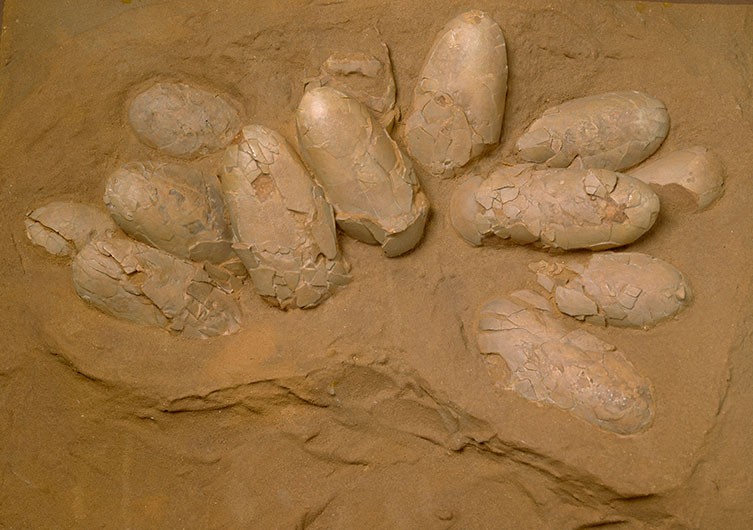

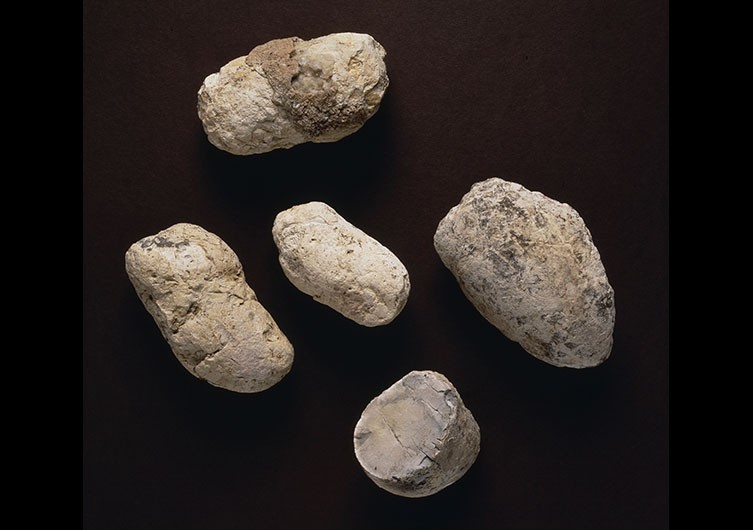
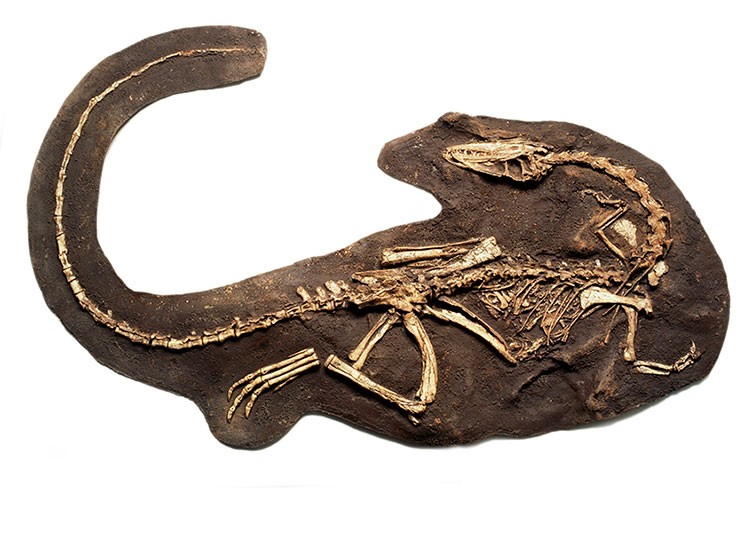
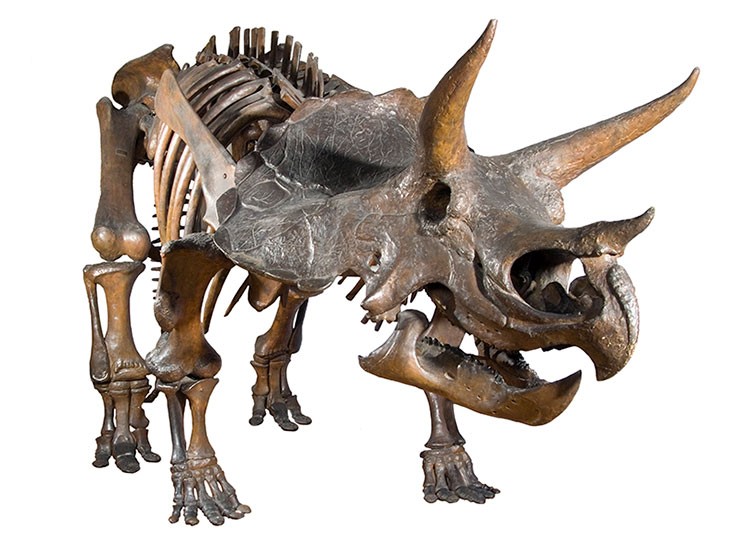

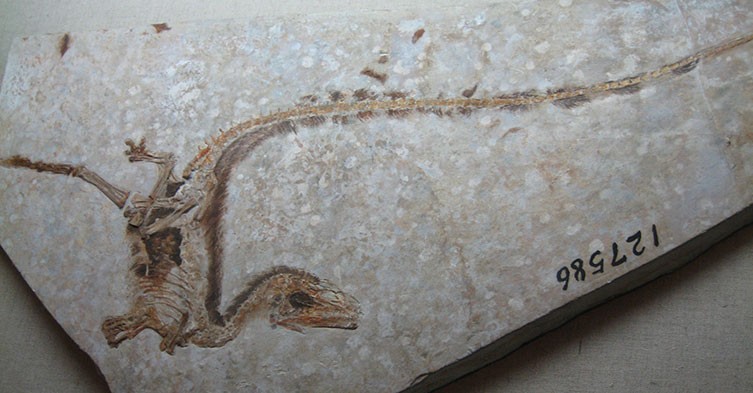
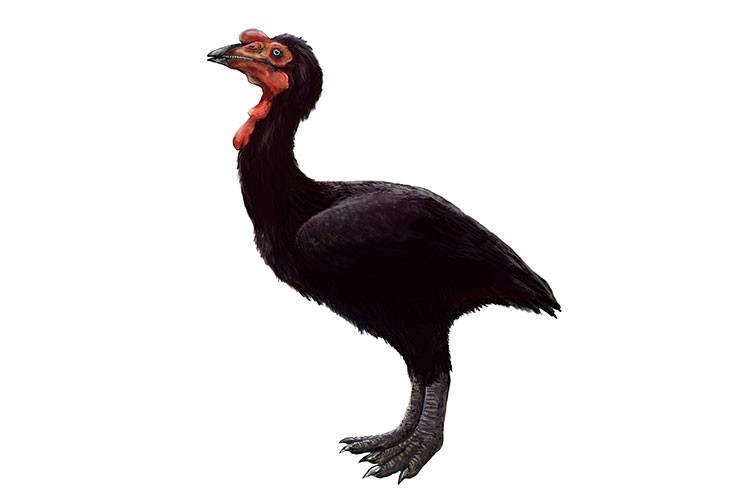
6. Why Study Dinosaurs? The Relevance of Paleontology
The study of dinosaurs is not just about understanding the past; it also has implications for the present and future. By studying dinosaurs, we can:
- Understand Evolution: Dinosaurs provide a unique window into the processes of evolution, allowing us to see how life has changed over millions of years.
- Learn About Climate Change: Studying dinosaur ecosystems helps us understand how climate change can impact life on Earth.
- Develop New Technologies: The technologies used to study dinosaurs, such as CT scanning and biomechanical modeling, have applications in medicine, engineering, and other fields.
- Inspire Scientific Curiosity: Dinosaurs capture the imagination of people of all ages, inspiring a love of science and exploration.
7. Frequently Asked Questions (FAQ) About Dinosaur Research
-
How do paleontologists find dinosaur fossils?
Paleontologists search for fossils in areas where sedimentary rocks are exposed, looking for bones or other evidence of past life. -
What is the process of excavating a dinosaur fossil?
Excavating a dinosaur fossil involves carefully removing the surrounding rock, documenting the location of each bone, and wrapping the bones in plaster for transport. -
How do scientists determine the age of a dinosaur fossil?
Scientists use radiometric dating techniques to determine the age of the rocks in which the fossil was found. -
How do paleontologists reconstruct dinosaur skeletons?
Paleontologists use their knowledge of anatomy and comparisons with modern animals to arrange the bones in their correct anatomical positions. -
How do scientists infer the appearance of dinosaurs?
Scientists analyze skin impressions, melanosomes, and phylogenetic bracketing to infer dinosaur appearance. -
How do paleontologists study dinosaur behavior?
Paleontologists use footprint analysis, bite mark analysis, and bone histology to study dinosaur behavior. -
What is the relationship between dinosaurs and birds?
Birds are direct descendants of theropod dinosaurs. -
What are some of the latest advances in dinosaur research?
Some of the latest advances include advanced imaging techniques, molecular paleontology, and biomechanical simulations. -
Why is it important to study dinosaurs?
Studying dinosaurs helps us understand evolution, climate change, and develop new technologies. -
Where can I learn more about dinosaurs?
You can learn more about dinosaurs at museums, universities, and websites such as LEARNS.EDU.VN.
8. Embark on Your Educational Journey with LEARNS.EDU.VN
Discover the world of dinosaurs and enhance your educational journey with LEARNS.EDU.VN. Our website offers a wide range of articles and courses to help you deepen your understanding of paleontology, biology, and other fascinating subjects. Whether you’re a student, a teacher, or simply a curious learner, LEARNS.EDU.VN has something for everyone.
8.1 Comprehensive Learning Resources
LEARNS.EDU.VN provides detailed and accessible articles on a variety of topics, including:
- Dinosaur Evolution: Learn about the origins, evolution, and extinction of dinosaurs.
- Paleontology Techniques: Explore the methods and tools used by paleontologists to study fossils.
- Modern Technologies in Paleontology: Discover how advanced technologies are revolutionizing dinosaur research.
- The Avian Connection: Understand the relationship between dinosaurs and birds.
- Ecosystem Dynamics: Understanding ancient environments and how dinosaurs interacted within them.
8.2 Expert Insights
Our articles are written by experts in the field of paleontology and education, ensuring that you receive accurate and up-to-date information. Gain insights from leading researchers and educators, and expand your knowledge of the natural world.
8.3 Engaging Courses
Enhance your learning experience with our engaging courses, designed to cater to different learning styles and levels of expertise. Whether you prefer self-paced learning or interactive sessions, LEARNS.EDU.VN offers a variety of courses to suit your needs.
8.4 Overcoming Learning Challenges
At LEARNS.EDU.VN, we understand the challenges that students face when learning complex topics. Our resources are designed to:
- Provide clear and concise explanations: Break down complex concepts into easy-to-understand language.
- Offer practical examples and case studies: Illustrate key concepts with real-world examples.
- Provide personalized learning support: Connect you with experts who can answer your questions and provide guidance.
8.5 Success Stories
Join the many students who have benefited from LEARNS.EDU.VN’s resources and courses. Our platform has helped countless individuals achieve their educational goals and unlock their full potential.
9. Take the Next Step with LEARNS.EDU.VN
Ready to dive deeper into the world of dinosaurs and paleontology? Visit LEARNS.EDU.VN today and explore our extensive collection of articles, courses, and learning resources. Whether you’re looking to master a new skill, understand a complex concept, or simply expand your knowledge, LEARNS.EDU.VN is your trusted partner in education.
- Explore our articles: Discover in-depth explanations of dinosaur biology, behavior, and evolution.
- Enroll in our courses: Enhance your learning with engaging and interactive courses taught by experts.
- Connect with our community: Join a vibrant community of learners and educators who share your passion for knowledge.
Don’t miss out on the opportunity to unlock your full potential. Visit LEARNS.EDU.VN today and start your journey towards lifelong learning.
For more information, contact us at:
Address: 123 Education Way, Learnville, CA 90210, United States
WhatsApp: +1 555-555-1212
Website: LEARNS.EDU.VN
Let learns.edu.vn be your guide to understanding the fascinating world of dinosaurs and beyond. Explore, learn, and grow with us!